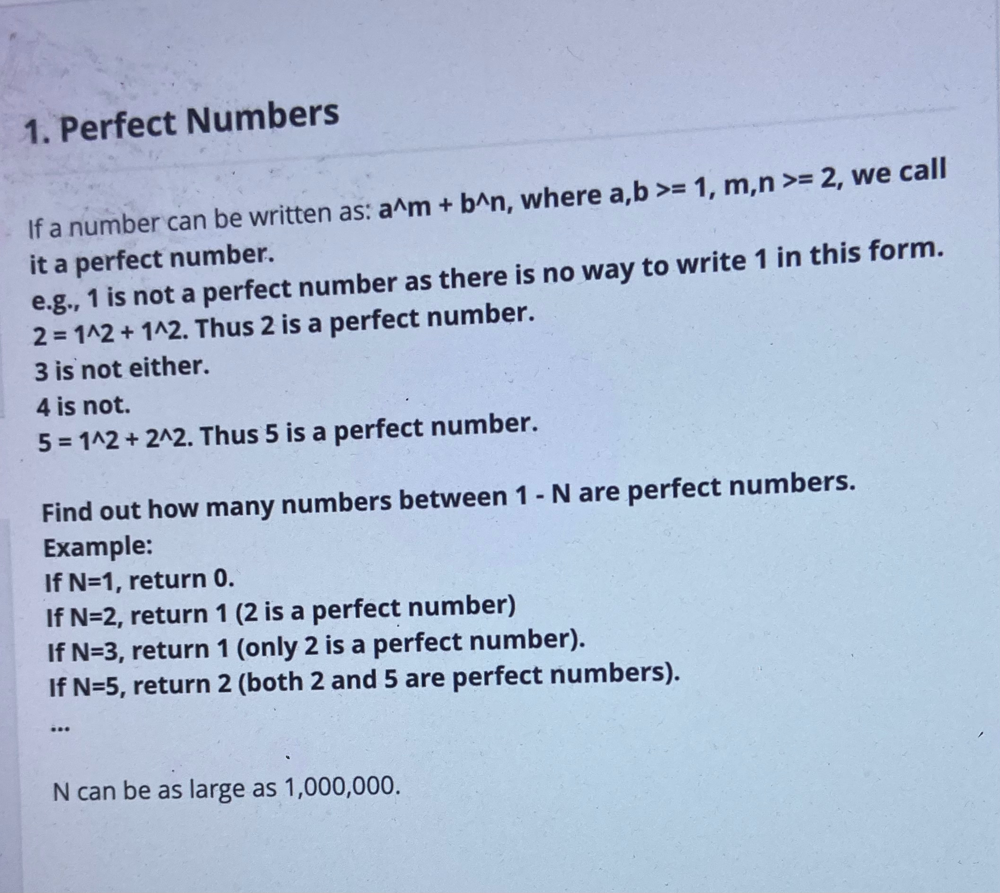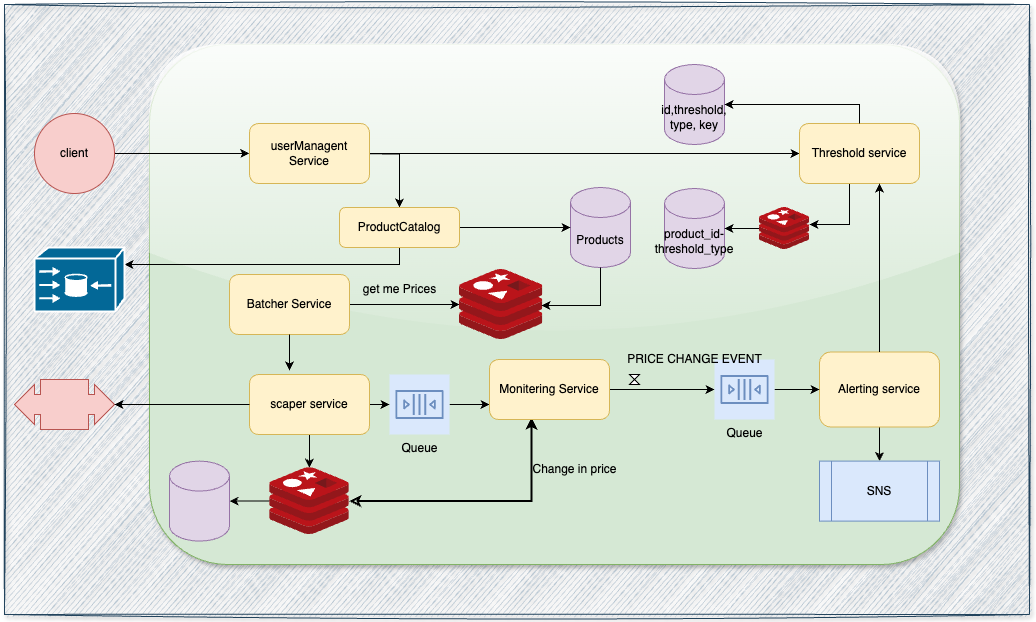Coupang Questions
Round 1: Coding Round Desing and code a Twitter like system.
Round 2: High Level Design round Current Projects Design Stock Exchanges System: A user can have multiple watchlist, and each watchlist can have multiple stocks across different exchanges.
Round 3: Low Level Design Round Design and code movie ticketing system Handle concurrent transactions.
Design 4: Focus Round Discuss about the projects and deep dive Cultural fit
Design a rate limiter, similar to https://leetcode.com/problems/design-hit-counter/description/
Given two strings, str, pattern, find # of discontinous matches of pattern in str. None of the matched letters can be next to each other in str. examples:
pattern=”cat”, str=”catapult”, result=1, explantation: CatApulT pattern=”cat”, str=”catatapult”, result=2, explantation: CatcAtapulT, CatcatApulT, catCatApulT
https://leetcode.com/discuss/interview-question/5854062/Sr-Staff-coupangor-Phone-screen
public class DiscontinuousPatternMatch {
// Recursive helper method to count discontinuous matches
private int countMatches(String str, String pattern, int strIndex, int patIndex, Integer[][] memo) {
// If we've matched the entire pattern, return 1 as this is a valid match
if (patIndex == pattern.length()) {
return 1;
}
// If we've exhausted the string, no more matches are possible
if (strIndex >= str.length()) {
return 0;
}
// Check if the result is already computed and stored in the memoization table
if (memo[strIndex][patIndex] != null) {
return memo[strIndex][patIndex];
}
// Variable to store the total number of valid matches
int matches = 0;
// Search for the current character of the pattern in the string from the current position
for (int i = strIndex; i < str.length(); i++) {
// If we find a matching character
if (str.charAt(i) == pattern.charAt(patIndex)) {
// Recursively try to match the rest of the pattern
matches += countMatches(str, pattern, i + 2, patIndex + 1, memo); // Move to the next character in pattern and skip at least 1 char in str
}
}
// Store the result in the memoization table
memo[strIndex][patIndex] = matches;
return matches;
}
// Public method to initiate the recursive matching
public int findDiscontinuousMatches(String str, String pattern) {
// Initialize a memoization table to store results for subproblems
Integer[][] memo = new Integer[str.length()][pattern.length()];
// Start the recursive matching process from index 0 for both the string and the pattern
return countMatches(str, pattern, 0, 0, memo);
}
public static void main(String[] args) {
DiscontinuousPatternMatch dpm = new DiscontinuousPatternMatch();
String str1 = "catapult";
String pattern1 = "cat";
System.out.println("Matches for 'catapult' with 'cat': " + dpm.findDiscontinuousMatches(str1, pattern1)); // Output: 1
String str2 = "catatapult";
String pattern2 = "cat";
System.out.println("Matches for 'catatapult' with 'cat': " + dpm.findDiscontinuousMatches(str2, pattern2)); // Output: 2
}
}
Throttling Gateway
https://hackmd.io/@mizugakun/H1mA50BZY
Throttling Gateway
Description: Non-critical requests for a transaction system are routed through a throttling gateway to ensure that the network is not choked by request.
The gateway has the following limits:
The number of transaction in any given second cannot exceed 3. The number of transaction in any given 10 seconds cannot exceed 20. A ten-second period includes all requests arriving from any time max(1, T-9) to T(Inclusive to both) for any valid time T. The number of transactions in any given minute cannot exceed 60. Similar to above, the period of 1 minute is from any time max(1, T - 59) to T. Any request that exceeds any of above limits will be dropped by the gateway. Given the times at which different requests arrive sorted ascending, find how many requests will be dropped.
Node: Even if a request is dropped it is still considered for future calculations. Although, if a request is to be dropped due to multiple violations, it is still counted only once.
Input:
int n: number of requests. int[] requestsTime: indecating how many requests in ith second. Example:
n = 27
requestTime = [1, 1, 1, 1, 2, 2, 2, 3, 3, 3,
4, 4, 4, 5, 5, 5, 6, 6, 6, 7,
7, 7, 7, 11, 11, 11, 11]
requestTime[3] : Dropped. Violate 3 second limit.
requestTime[21]: Dropped. Violate 10 second limit.
requestTime[22]: Dropped. Violate 10 second limit.
requestTime[23]: Dropped. Violate 3 second and 10 second limit.
requestTime[25]: Dropped. Violate 10 second limit.
requestTime[26]: Dropped. Violate 10 second limit.
requestTime[27]: Dropped. Violate 3 second and 10 second limit.
Total dropped: 7
Solution
public int ThrottlingGateway(int n, int[] requestTime) {
int cnt = 0;
for (int i = 0; i < n; i++) {
if (i > 2 && requestTime[i] == requestTime[i - 3]) {
cnt++;
} else if (i > 19 && requestTime[i] - requestTime[i - 20] < 10) {
cnt++;
} else if (i > 59 && requestTime[i] - requestTime[i - 60] < 60) {
cnt++;
}
}
return cnt;
}

Design Alert System
